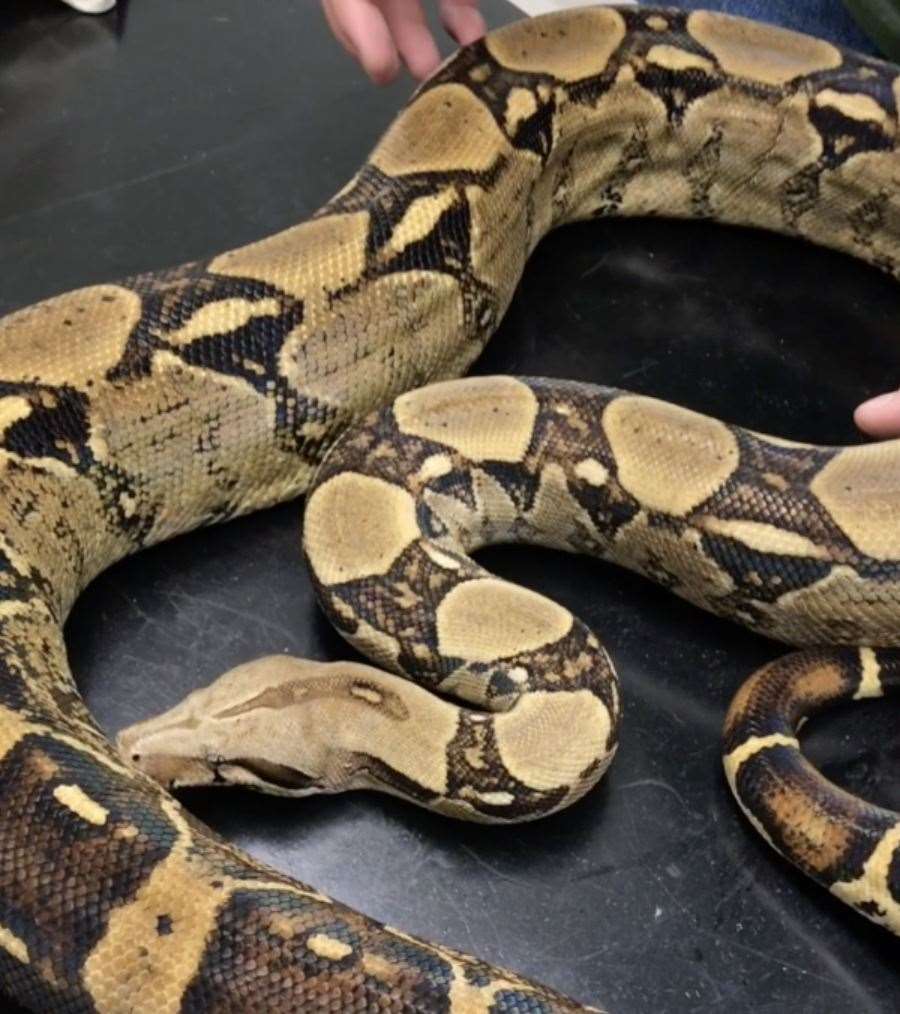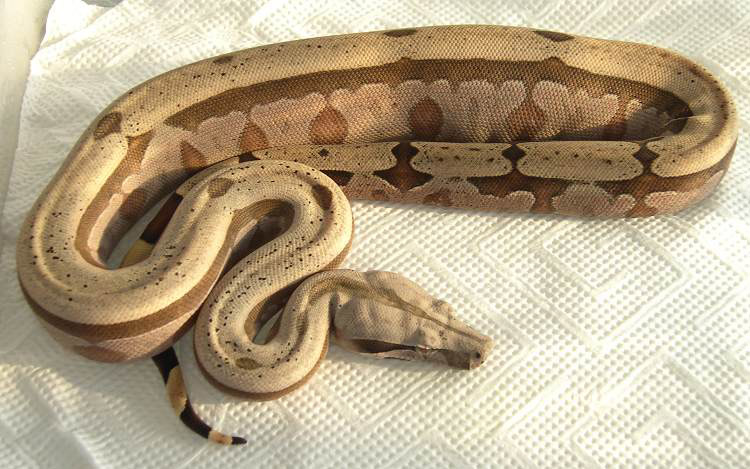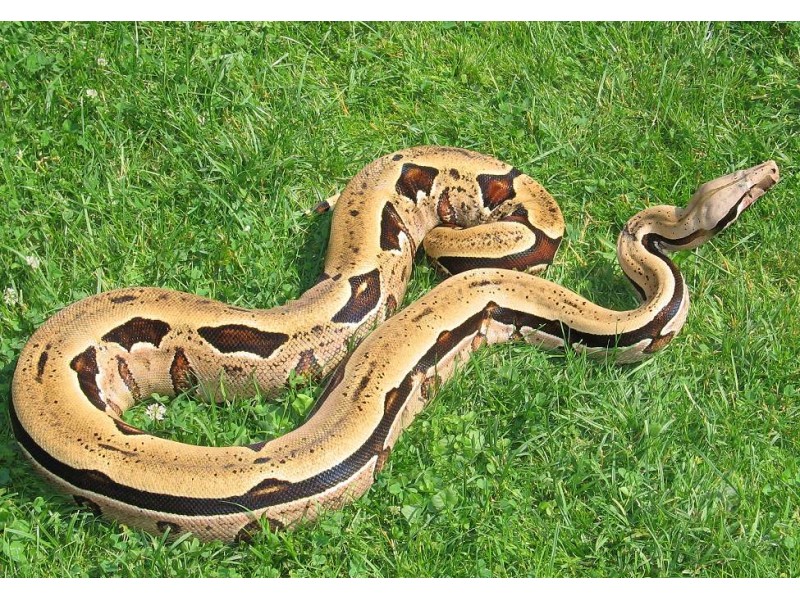


“They can basically just breathe wherever they want,” Capano says. When wrapped in a cuff about halfway down their body, snakes breathed by moving some ribs closer to their heads. When gripped by a cuff about one-third of the way down their body, snakes breathed by moving some ribs closer to their tails. Then, the scientists increased the cuff’s pressure until the rib cage couldn’t move in that area - mimicking the effect of a snake using that part of its body to grip or gulp down prey. In these videos, the team wrapped a blood pressure cuff around different parts of the animals’ bodies. The true is added in to distinguish them from common boas (Boa constrictor imperator), which are often. Boa constrictor constrictors are often nicknamed true red-tailed boas, due to the very vivid red markings on their tails. Tracking those markers in X-ray videos of the animals let the researchers map rib motions over different parts of the snakes’ lungs. Though they are the archetypal boa constrictor, they are less widespread than Boa constrictor imperator.

Boas and other snakes probably couldn’t have started throttling and swallowing large prey without this ability, researchers report March 24 in the Journal of Experimental Biology.īiologist John Capano of Brown University in Providence, R.I., and colleagues implanted metal markers on the ribs of three boa constrictors, about one-third and halfway down the animals’ bodies. Now, experiments show that when one part of a boa constrictor’s rib cage is compressed - preventing the part of its lungs enclosed there from drawing in air - the snake can move another section of its rib cage to inflate its lungs there. Sometime around the 1600s, it began being applied to nonvenomous constrictor-type snakes from South America. The word boa stems from the Latin word boa, meaning large snake.

But it’s been unclear just how Boa constrictor squeezes so hard - or swallows something as big as a monkey - without suffocating itself. So, a snake in the Boidae family would be considered a boid. By coiling around its prey, a snake can squeeze the life out of a victim in mere minutes before gulping it down whole ( SN: 8/9/15).
#BOA CONSTRICTOR LARGE SKIN#
Hunted for their fine, ornate skin and for sale in the exotic pet trade, some boa constrictors have protected status in their range.The boa constrictor’s choke hold is an iconic animal attack. The largest boa constrictor ever found measured 18 feet. Boas are about 2 feet long when they are born and grow continually throughout their 25 to 30-year lifespan. Reproduction and Conservationįemale boas incubate eggs inside their bodies and give birth up to 60 live babies. Their jaws can stretch wide to swallow large prey whole. Boas will eat almost anything they can catch, including birds, monkeys, and wild pigs. Their jaws are lined with small, hooked teeth for grabbing and holding prey while they wrap their muscular bodies around their victim, squeezing until it suffocates. Significantly smaller than anacondas, boas can grow up to 13 feet long and weigh more than 100 pounds. Like their anaconda cousins, they are excellent swimmers, but prefer to stay on dry land, living primarily in hollow logs and abandoned mammal burrows. Behaviorīoas are nonvenomous constrictors found in tropical Central and South America. Depending on the habitat they are trying to blend into, their bodies can be tan, green, red, or yellow, and display cryptic patterns of jagged lines, ovals, diamonds, and circles. Boa constrictors wear some of the most distinctive markings of all reptiles.


 0 kommentar(er)
0 kommentar(er)
